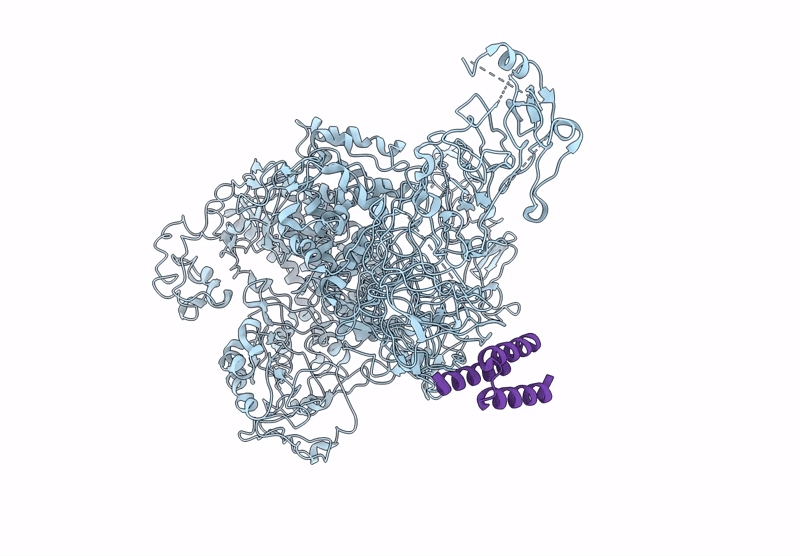
Deposition Date
2024-07-12
Release Date
2025-05-21
Last Version Date
2025-10-08
Entry Detail
PDB ID:
9CM5
Keywords:
Title:
CryoEM Strucuture of TcdB in complex with De Novo Minibinder fzd48
Biological Source:
Source Organism:
synthetic construct (Taxon ID: 32630)
Clostridioides difficile (Taxon ID: 1496)
Clostridioides difficile (Taxon ID: 1496)
Host Organism:
Method Details:
Experimental Method:
Resolution:
4.61 Å
Aggregation State:
PARTICLE
Reconstruction Method:
SINGLE PARTICLE


